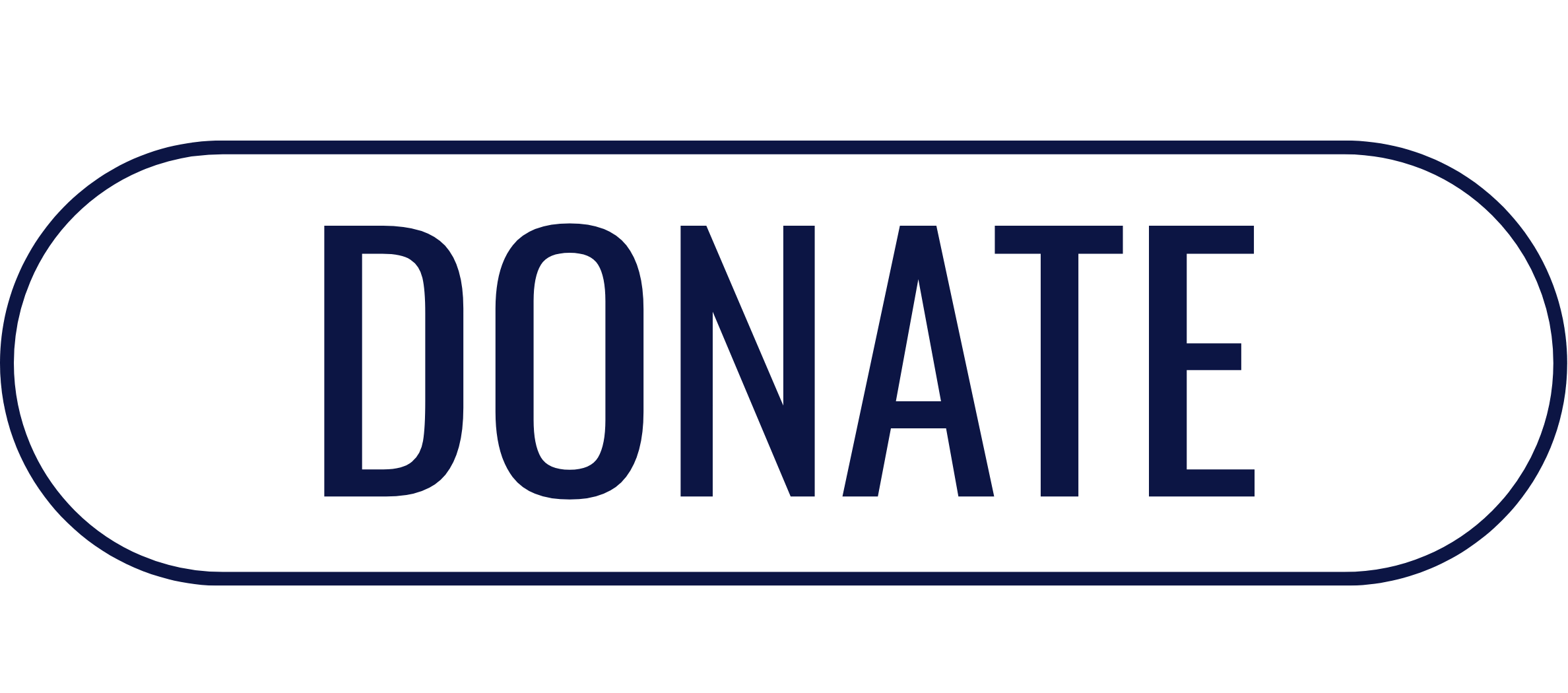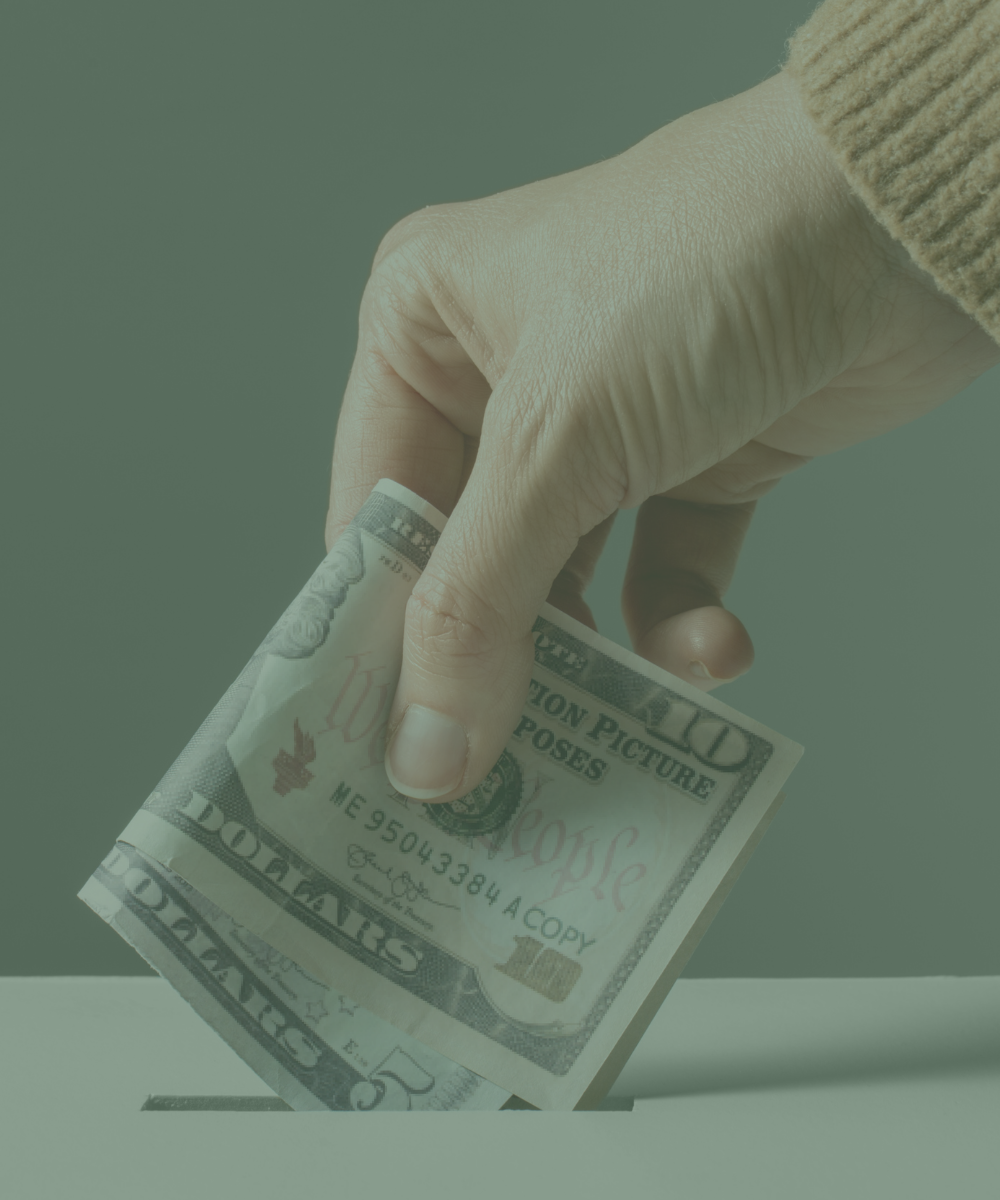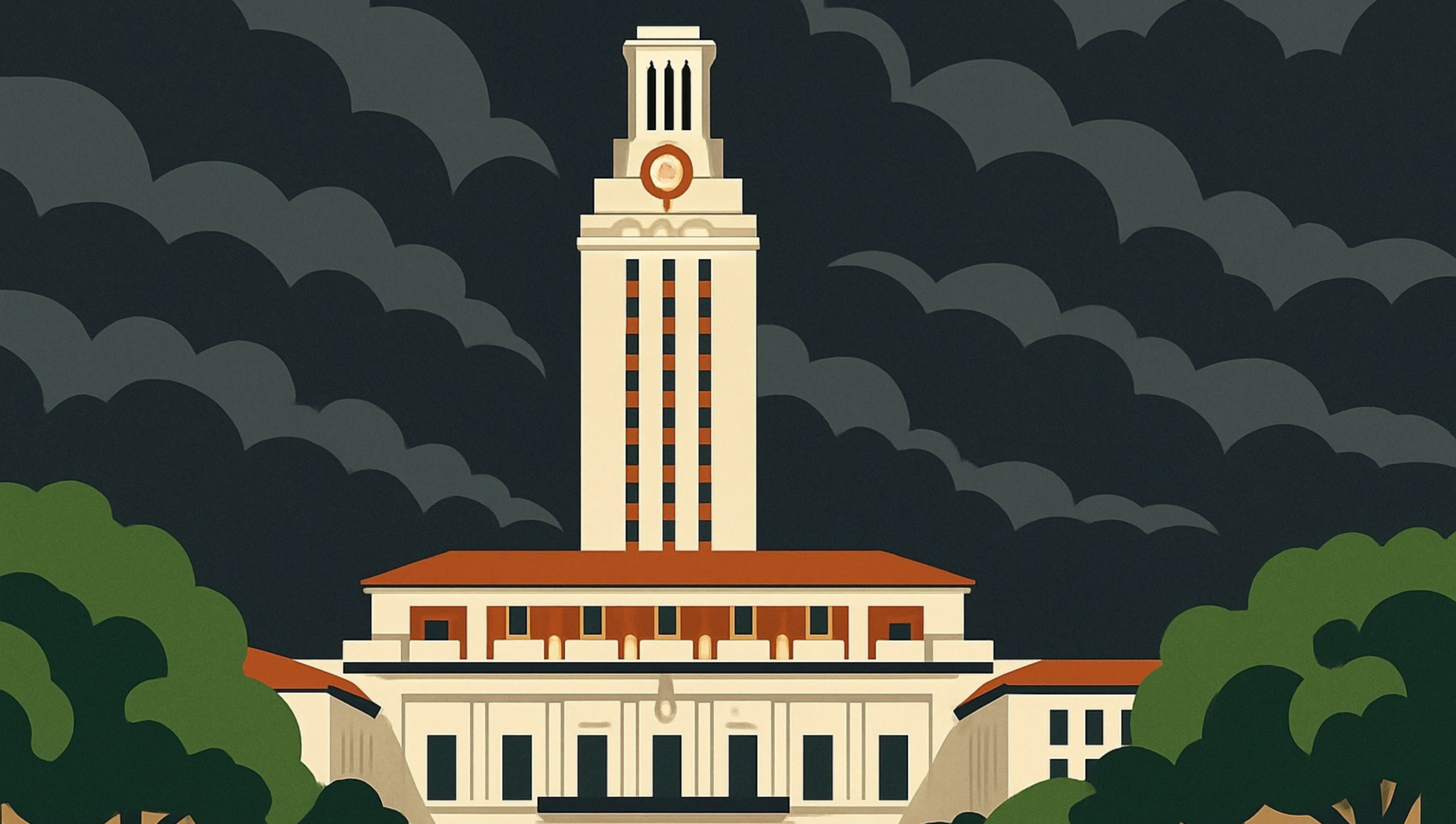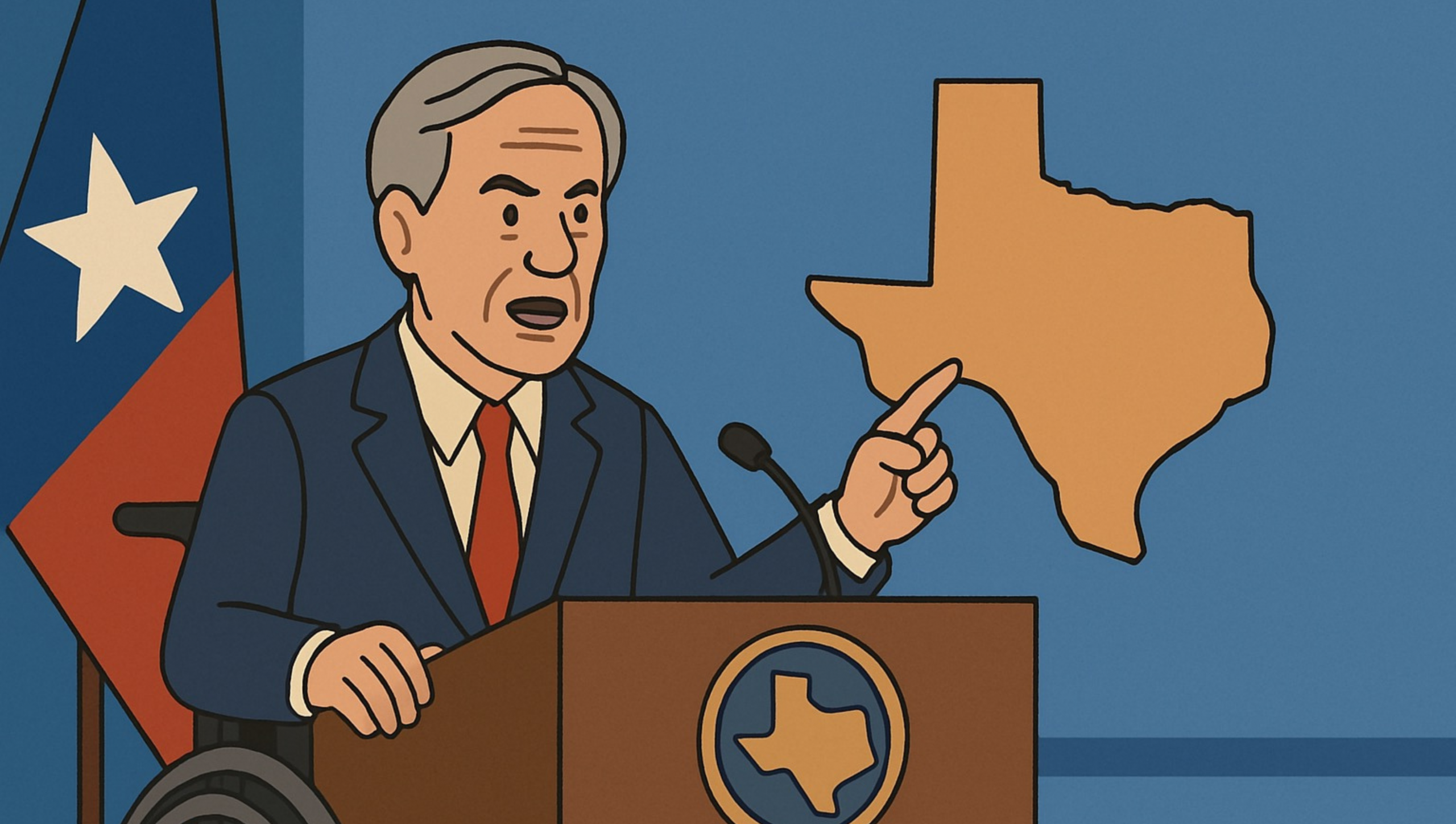Last week, the Biden administration announced plans to eliminate a portion of student loan debt for Americans who qualify under a certain income threshold. To be clear, the plan collectivizes the debt incurred by individuals and further burdens U.S. taxpayers.
Notably, the plan does nothing to address one of the key drivers of this growing issue in the first place, separate from the government itself: the higher education institutions. Instead, the plan will only exacerbate the student loan debt problem.
Students will take out even more debt under the belief that they will not have to pay it back, and higher education institutions will respond by raising tuition and fees since the students are likely to be less conscious of the prices. It is a mix that will inevitably create additional student loan debt in the long run at the cost of short-term political favorability.
U.S. Congressman Lance Gooden (R-TX) provides a summary here:
13% of Americans are eligible for Joe Biden's student loan bailout.
The remaining 87% will get a $2,503.22 bill.
— Lance Gooden (@Lancegooden) August 30, 2022
Addressing Only Symptoms of the Overall Disease
Most modern institutions of higher education are incentivized to operate with reckless abandon, routinely offering programs and recreational activities less focused on market-driven earning potential and more focused on leisure.
A report provided by The Heritage Foundation reads:
“Open-ended federal subsidies have distorted the market for higher education, enabling colleges to raise tuition beyond what students and their parents otherwise would have been able to afford. The tuition bonanza has financed a “facilities arms race” replete with lazy rivers, climbing walls, and other campus extravagances. It has enabled colleges to amass large swaths of real estate in an increasingly digital age, including many classroom buildings that are largely vacant large parts of the week. And it has lined the pockets of the endowments of woke institutions.”
Moreover, trends in prices for college show that with increases in subsidies from the government come increases in the costs charged to students.
“The possibility of future bailouts will drive more students to take on higher debt burdens, which many colleges will gladly encourage for the sake of increased tuition. History demonstrates that federal subsidies have enabled colleges to raise prices with abandon. Since the 1991-1992 academic year, total federal aid (including student loans and grants) increased by 295 percent. In response, universities more than doubled their tuition and fees in real terms.”
With regard to endowments, institutions like Harvard and Yale boast more than $53.2 billion and $42.3 billion in endowments, respectively. The University of Texas (currently ranked second) is on track to overtake Harvard with respect to the size of its endowment.
Endowments, a collection of investments for the distinct purposes of supporting higher education institutions’ educational and research missions, continue to grow nationwide—as do the costs to attend those institutions.
Offered Solutions
What are some solutions to the higher education piece of the student loan debt puzzle?
According to Andrew Gillen, a senior policy analyst at the Texas Public Policy Foundation (TPPF), policymakers could enact new accountability metrics to hold higher education institutions accountable when they impose excessive student loan debt on their students.
Put plainly, “new data from the Department of Education help students, parents, college administrators, and policymakers distinguish between worthwhile and excessive student loan debt by revealing the typical earnings and student loan debt of recent college graduates.”
That data and the aforementioned accountability metrics could be used to hold higher education institutions accountable for their role in the burgeoning student loan debt problem.
Additionally, lawmakers can prioritize the existing REPAYE (Revised Pay as You Earn) plan, which includes a loan-forgiveness mechanism.
Of course, there is always the solution of simply requiring individuals who took out a loan to pay off the loan. Though painful in the short term, the long-term effects would prove beneficial for everyone, including U.S. taxpayers.




